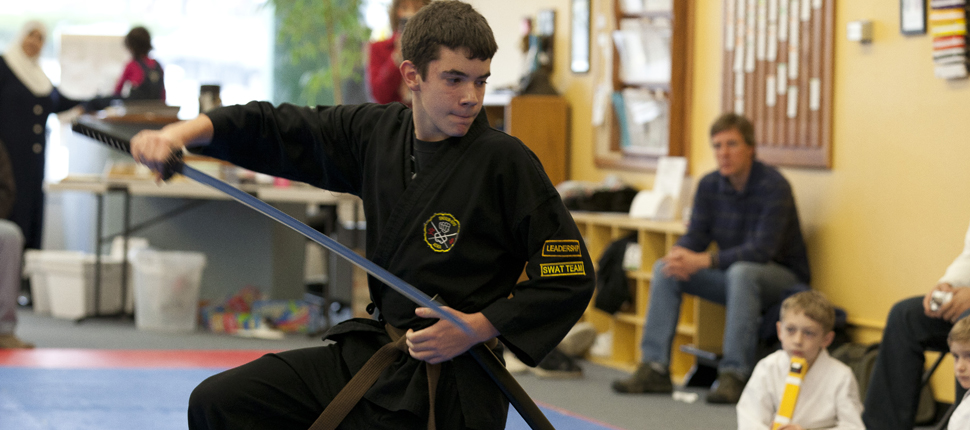| The Last Samurai
By: Jen Mohler |
 |
| Hiring a Top Gun like Tom Cruise to play a samurai might have been Risky Business, but it certainly paid off for Director/Producer Edward Zwick. Cruise plays Captain Nathan Algren, a Civil War veteran who enjoyed a few too many Cocktails in an attempt to drown his remorse over slaughtering hundreds of innocent Native Americans. While he does not want to relive this experience, he is far too tempted by The Color of Money offered by a Japanese official. Capt. Algren signs on with his Eyes Wide Shut to move to Japan and train the new national army to fight conservative samurai that oppose the government’s efforts to modernize and Westernize Meiji Japan.
At first this seems a Mission Impossible. The Japanese Young Guns recruited to form a modernized Western-style army are ill-prepared at best, and yet are ordered to find and destroy a particular group of samurai led by the Legend Katsumoto (played by Ken Watanabe). In the first encounter, deep in the woods, dozens of intimidating, even terrifying samurai emerge from the fog, riding horses and dressed in full samurai armor. These Few Good Men, armed only with traditional swords and bows and arrows, slaughter the much larger, but inexperienced Japanese army, which is armed with the latest in Western fire-arms. The few who are not killed flee, with the exception of Algren. The Firm stance the American captain takes against six or seven samurai in a battle of swords is extremely impressive. Rather than killing Algren, the samurai leader, Katsumoto, orders him taken captive. The band of samurai return to their village high in the mountains to spend the winter, safe from the government until the mountain passes thaw in the Spring. Algren is treated with kindness by his captors, and is nursed back to health, though in the process he suffers from major alcohol withdrawal. He feels that he is Losin’ It, as he has numerous flash-backs to a battle in which he followed orders to slaughter many Native Americans. Algren is trapped in a War of the Worlds. The modern Japan is encroaching upon and attempting to stamp out the traditional samurai ways, just as the modern 19th Century America spread west and all but extinguished the Native American culture. Once he has recovered from his physical ailments, Algren begins to explore the village and observe the samurai practices. The Outsider eventually picks up a sword and begins to learn All the Right Moves. The audience’s sympathy shifts from the Japanese government and army to the samurai, as Algren’s does. He begins to appreciate the beauty of not just the art of the sword, but the simplicity and magnificence of the entire way of the samurai, or bushido. Eventually, Algren is won over to the side of the samurai and fights against his former employer, comrades, and soldiers with the samurai because of his new but Endless Love for Japan’s ancient way. Algren’s emotional and psychological wounds also heal as he redeems himself by fighting valiantly to preserve at least a memory of the samurai culture. While Tom Cruise is enough to bring most Americans to the theater to see this film, the breathtaking cinematography, well-choreographed sword training and fighting, attention to detail such as the symbolism of the falling cherry blossoms, and well-developed and reasonably historically-accurate plot should attract even the most serious of karateka and all those interested in Asian culture. While I was originally skeptical, I must say Tom Cruise — you had me at Konichiwa! This film is Far and Away my all-time favorite movie and I would highly recommend it. |
The Last Samurai
A man who has attained mastery of an art reveals it in his every action.
-Lao Tzu






